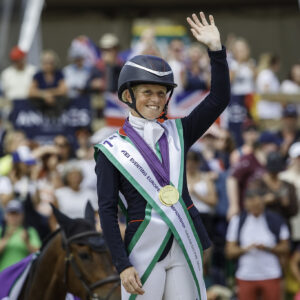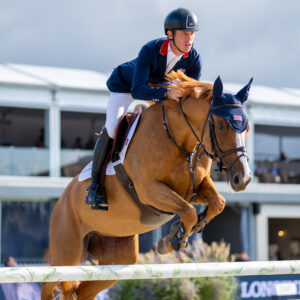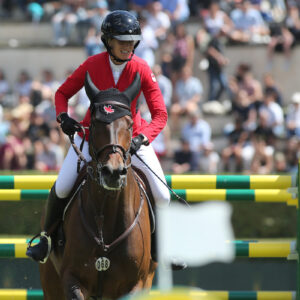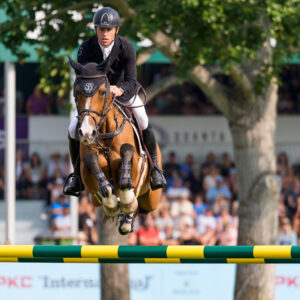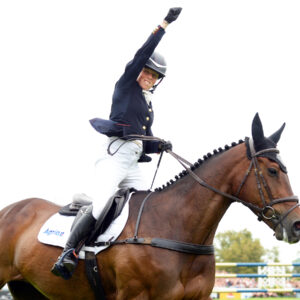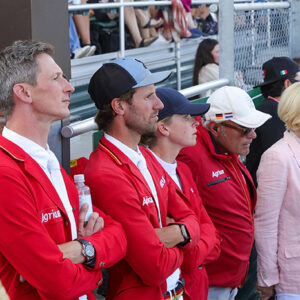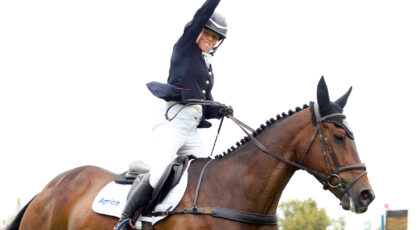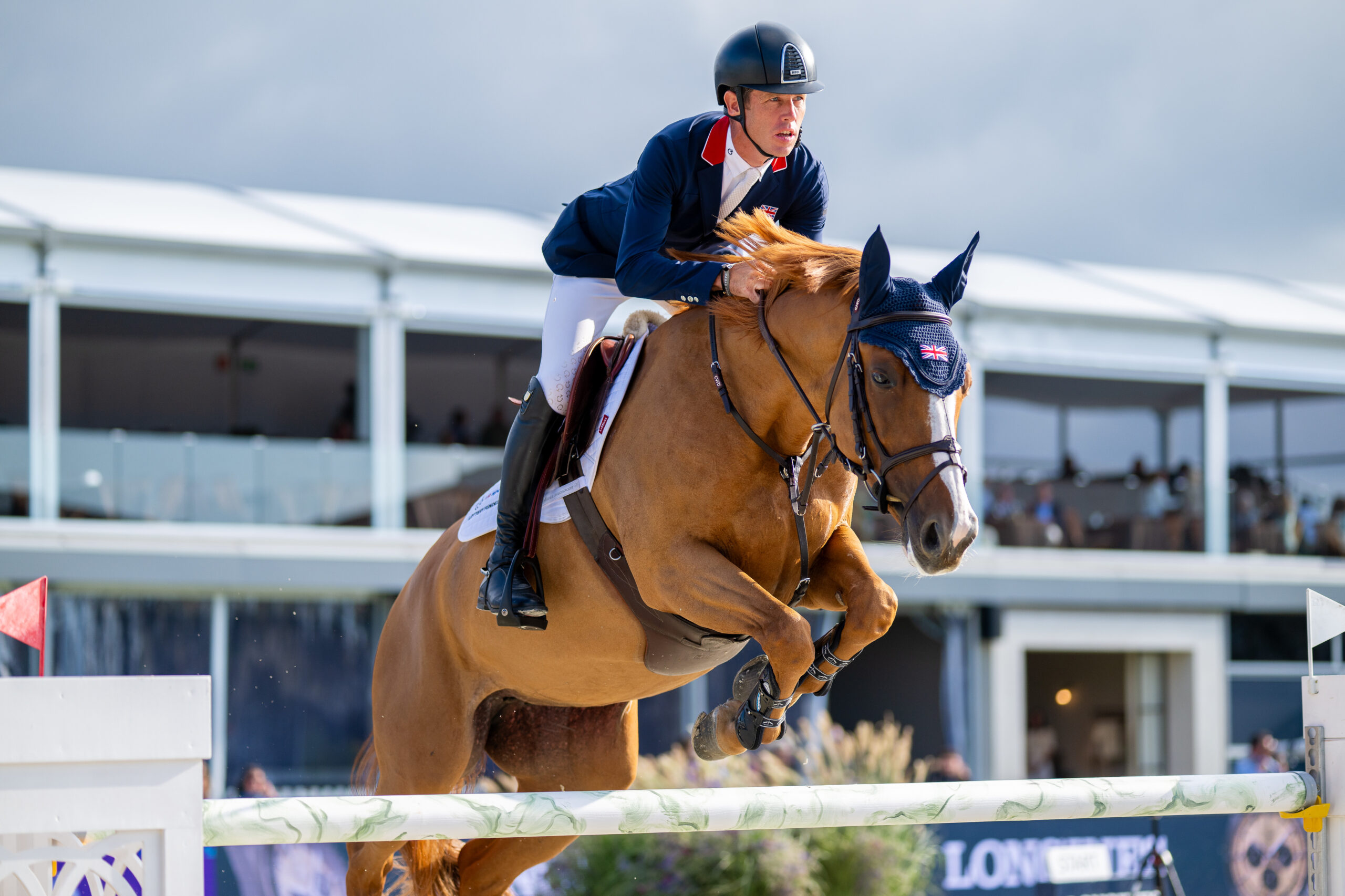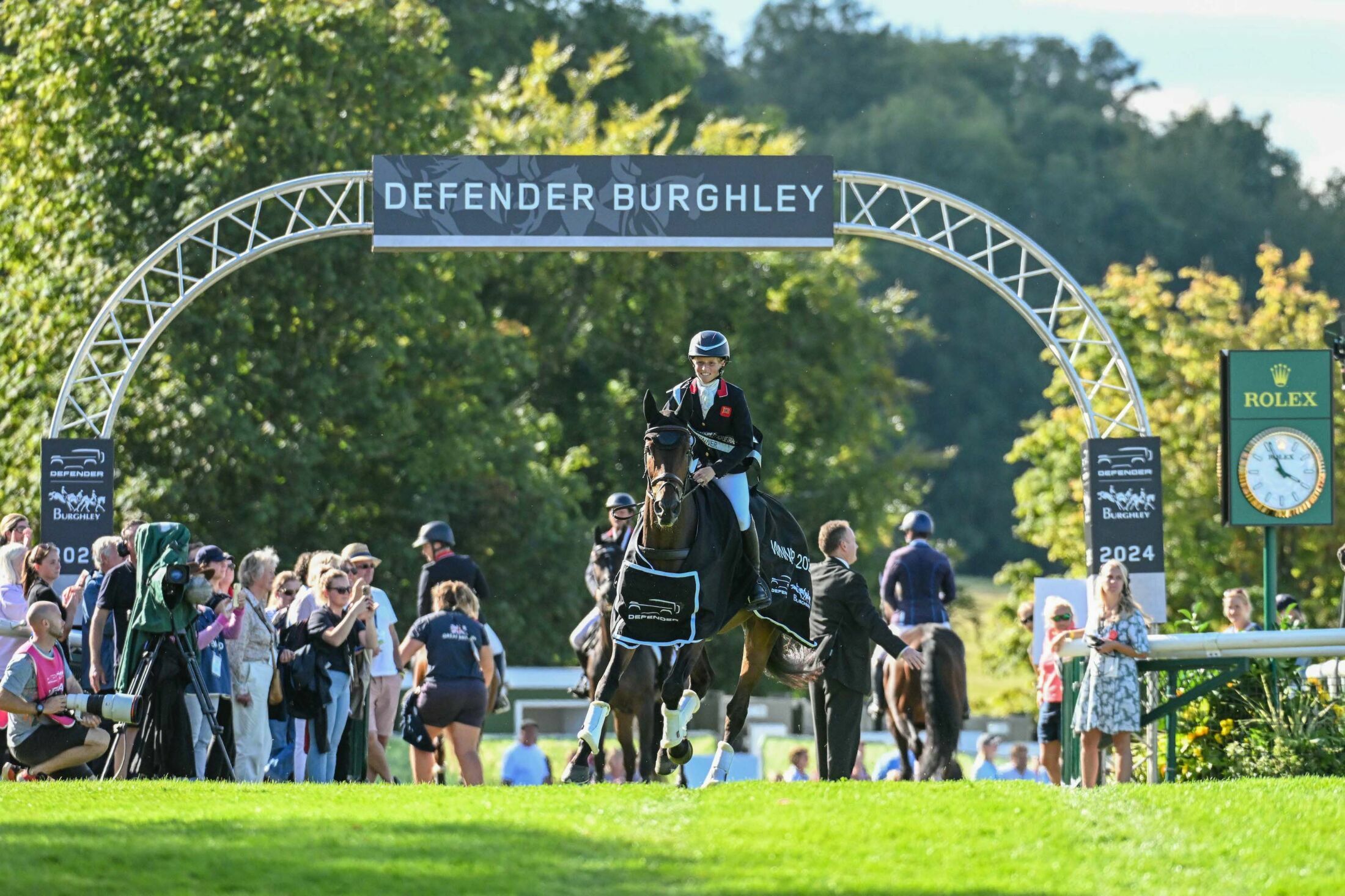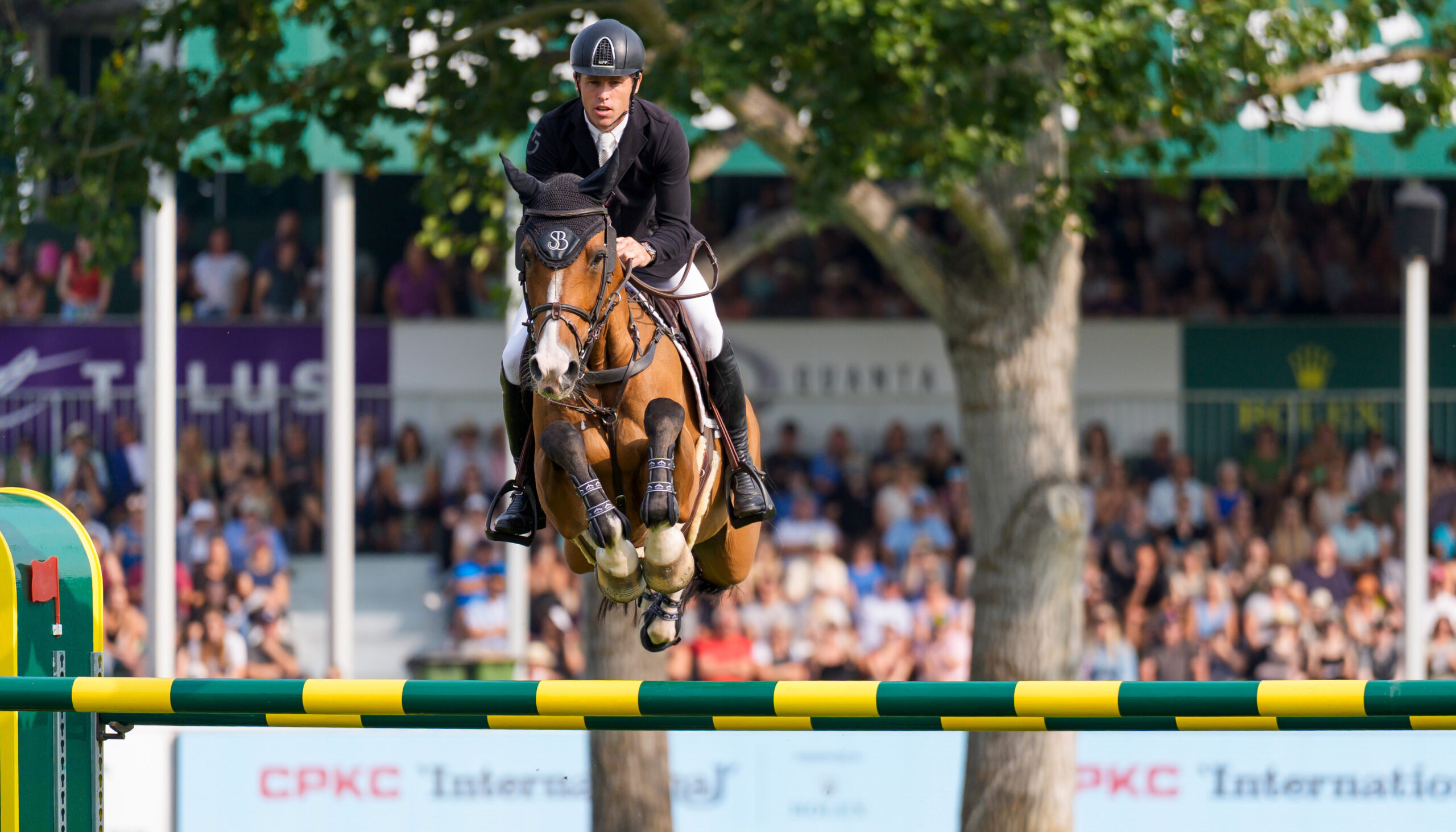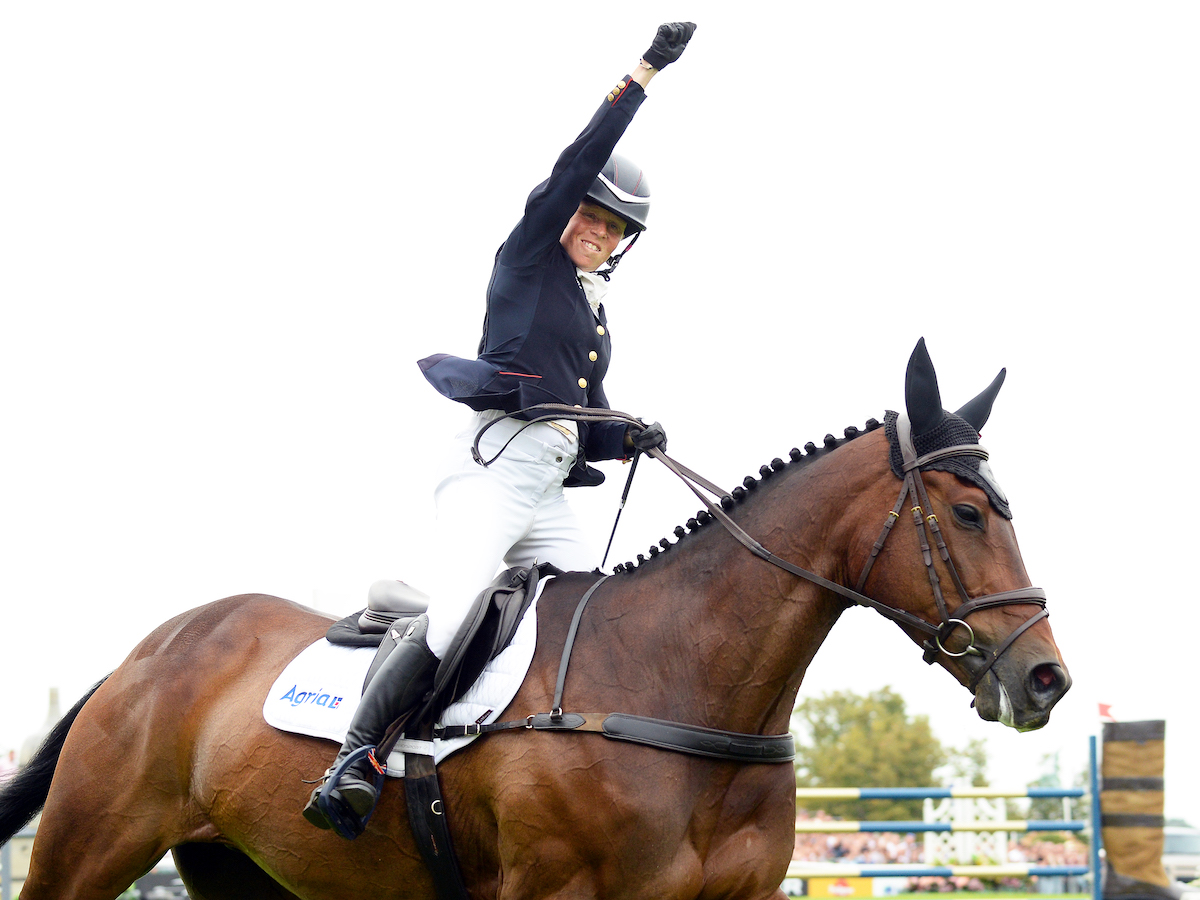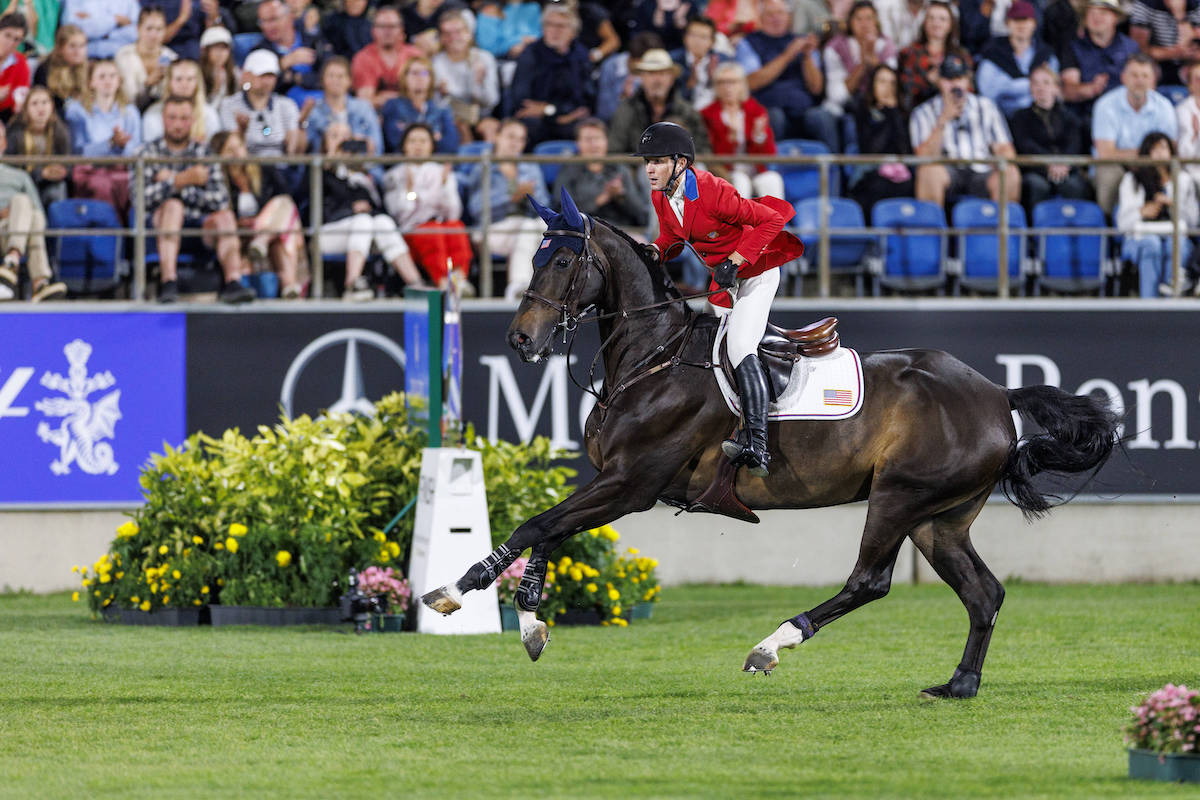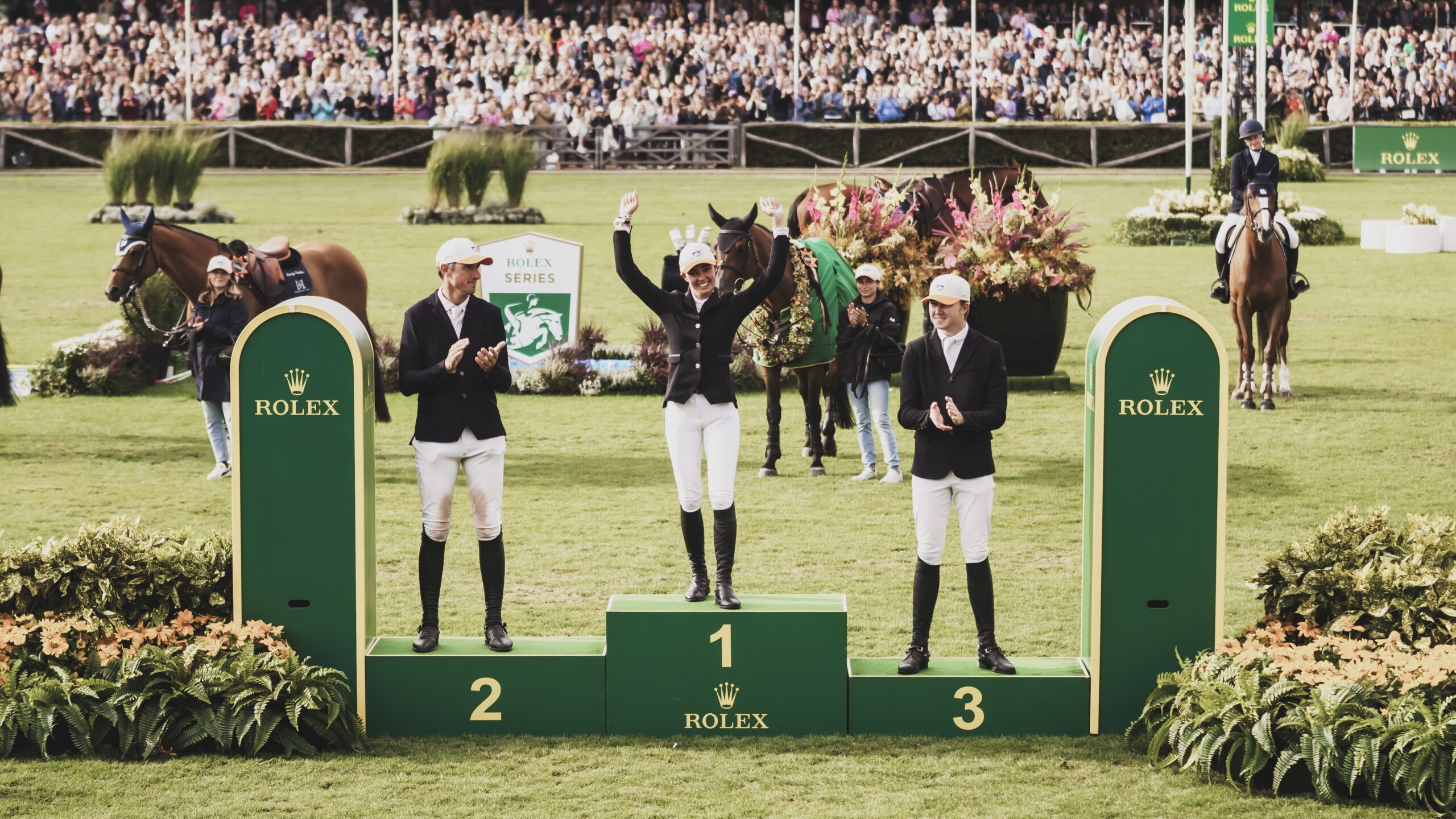Picture this: you are on an expanse of green grass nine times the size of a football field. Beneath you an athletic thoroughbred stands poised, ready to leap into a gallop at your signal. Two sets of reins are threaded through your left hand, while your right grips four feet of specially made bamboo. At the umpire’s whistle, you and seven other riders take off after a white plastic ball, hurdling at almost 40 mph towards goal.
Summertime fills our TV screens with dressage, jumpers, racing, roping and more. But one of the equestrian disciplines that flies a little further under the radar is polo. As Nina recently discovered, polo is a pretty fun sport. But where did it start? Aren’t British royalty the only ones who can afford to play it? Why on earth are people cloning polo ponies? Here is a brief breakdown of the sport, to address the what, when, where and why of polo.
What exactly is polo?
Many already know that polo is a fast sport played on horseback, using a mallet to hit a ball into a goal. It is played either on a field or in an arena, and the rules vary slightly for each. In field polo (the variety we see the likes of Princes William and Harry playing), there are typically four players on each team. Play is broken up into seven minute periods called chukkers, and riders change mounts after every chukker. During high goal matches—which normally consist of 6 chukkers—polo ponies can run one or even two miles and therefore always given a respite after playing.
Polo isn’t just confined to horseback either. Camel polo, bike polo, and elephant polo all also exist, if horses seem like too tame an option.

When did it start?
Polo may well be one of the oldest team sports on the planet. While the exact origin of the sport is unknown, many think it started over 2,000 years ago in Persia when nomadic warriors began playing the game as part sport, part training exercise for battle. It eventually spread all over eastern Asia and down to northern India, where it was discovered by westerners in the mid 1800’s.
The polo craze spread from India, landing in England in 1869, Ireland in 1870, Argentina in 1872, Australia in 1874, and the States in 1876. The first formal polo club to be established in the United States was the Westchester Polo Club in New York in 1876, later moved to Newport, Rhode Island.

A British Army polo team in Hyderabad, India, early 1900’s. (photosofwar.net)
Today, polo tournaments are played all over the world. It is most popular in Argentina, China, South Africa, the UK, Singapore, and the United States. Only seven 10-goal polo players (the highest ranking achievable) are active today: one from the United States, five from Argentina, and one from Uruguay.
Why play polo?
It’s common knowledge in the polo world that once you get into the sport, you’re addicted for life. But what about polo gets people so hooked?
For most people, it’s the rush. Dan Keating said he began pursuing the sport “because I found that during a polo game, I could think of nothing else but polo. It’s an incredible release of pressure, because the game is so consuming.”

© 2015 Matthew Atanian Photo/Newport Polo. All Rights Reserved. © 2015 Matthew Atanian Photo/Newport Polo. All Rights Reserved.
Keating began playing in 1988, and brought polo back to Rhode Island by creating the Newport International Series. Today, Keating works as a polo instructor in and around the Newport community, coaching teams at the high school and college level as well as offering private lessons.
He added that the drive polo players possess is very intense, which is something somewhat unique to the sport because of the steep learning curve.
“You have to be a ‘type A’ personality to pursue the sport, but you also have to be willing to subject yourself to a year or so of being incompetent,” Keating said.
But who plays? Isn’t it a rich people’s sport?
When many picture polo, they picture gentlemen like Princes William and Harry galloping down pristine fields, while stately socialites watch from the sidelines. Like all equestrian disciplines polo has inherent costs, but Keating said that one of the biggest misconceptions is that polo is an inaccessible sport.
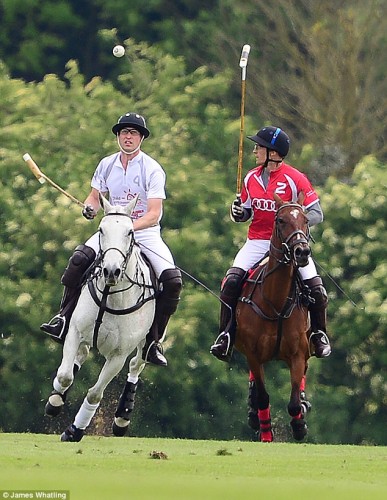
Princes William and Harry. Via dailymail.co.uk Princes William and Harry during a polo match held earlier this year. Via dailymail.co.uk
Newport Polo “tries to make lessons as inexpensive as possible,” Keating said, to open the sport up to everyone who is interested.
Keating and his team have also tried to make it as easy as possible for people to become involved without having to purchase their own string of ponies, by offering leasing options and weekend chukkers to people who have moved past the lesson program.
Another common misconception is that polo is a “gentlemen’s sport,” Keating said. In reality, 25% of players today are women, he added, a number which is still growing. Polo is also the only contact co-ed sport played professionally today.
Providence Journal columnist Mark Patinkin summed up the allure of polo in his article about trying the sport for the first time. At the end of his lesson, he wrote, “I was beat. And glad to climb down to solid ground. And still sore three days later.”
“But you want to know the strange thing about polo?” he added. “I want to do it again.”


 July 26, 2015
July 26, 2015 





